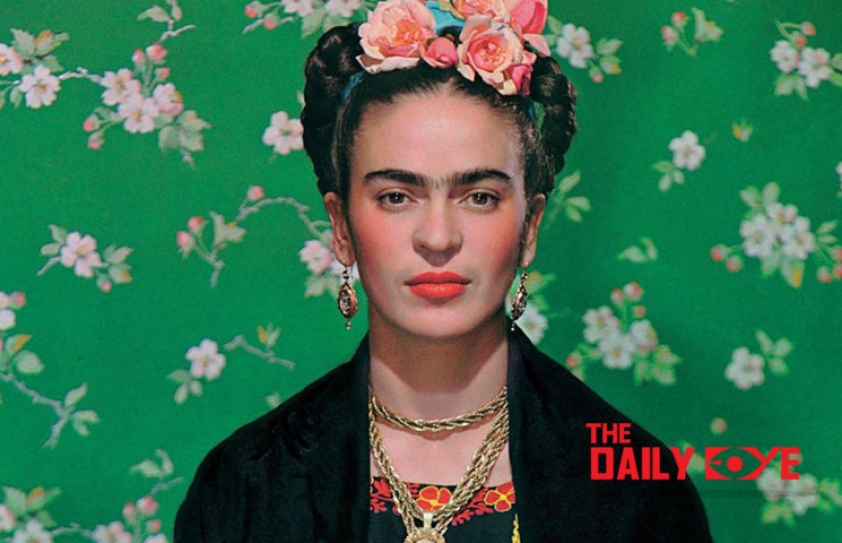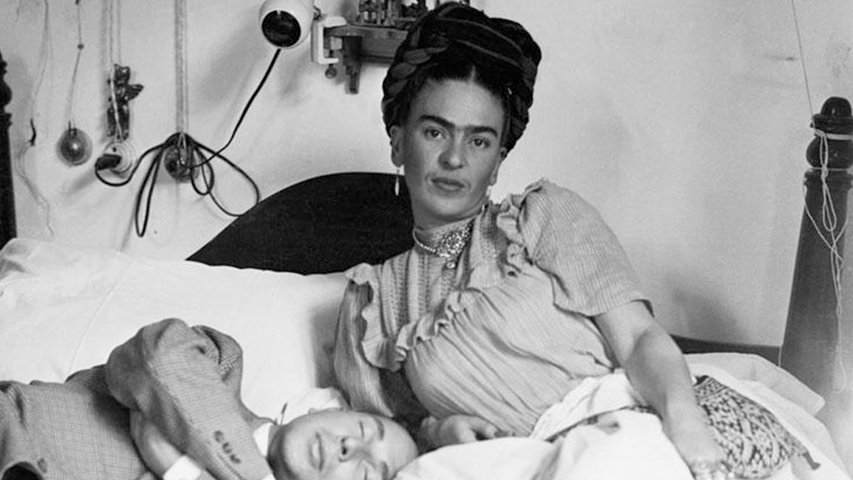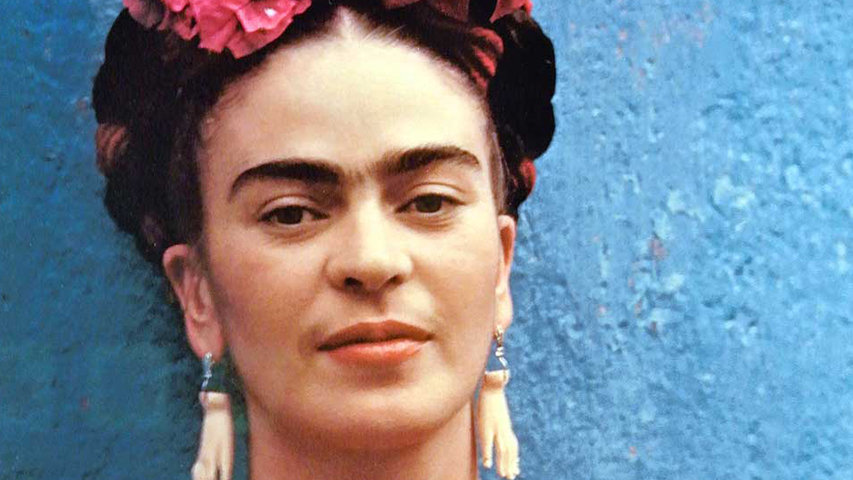
Frida Kahlo – An Inspiration to the Oppressed and the Victimised
by Yash Saboo July 13 2018, 3:45 pm Estimated Reading Time: 2 mins, 46 secsOn 6th July 2018, the world celebrated the 111th birthday of Frida Kahlo – one of the most celebrated artists whose works and life continue to captivate the world. She was an incredibly amazing woman. Her life was filled with physical as well as emotional pain. She endured more in her short life than most people will ever have to face. But she endured. She put her emotions into her painting, and as it were, she wore her heart on her canvas.
Her work is a rare blend of true emotion, heartbreak, love and life, as well as death. Most of her paintings were self-portraits. She said, "I paint self-portraits because I am the person I know best. I paint my own reality. The only thing I know is that I paint because I need to, and I paint whatever passes through my head without any other considerations."

AEs Biography
Her paintings, like Tori Amos's music, are very open and honest. They reflect her emotions, the events in her life, changes in her feelings - whether good or bad. She recorded her life in paint. Her imagery and style were very original, dramatic and courageous. Her husband, the famous Mexican muralist Diego Rivera, said: "Frida is the only example in the history of art of an artist who tore open her chest and heart to reveal the biological truth of her feelings. The only woman who has expressed in her works an art of the feelings, functions and creative power of woman."
Frida has become an icon in a lot of different ways. She was a feminist who was fiercely proud of her Mexican culture. And when André Breton, the founder of the Surrealist movement in Europe, declared her a “Natural Surrealist”, she rejected the term.
Surrealism, at the time, was seen as predominantly a male, European movement – and applying the label of Surrealism to Frida's work was Breton's way of legitimizing her art. This was something Frida – who was proud of both her womanhood and her Mexican identity – didn't want. She didn't want to be characterized as an artist on terms that would make her more palatable to a European audience.

Stylux
Frida was also a disability pioneer. She survived polio as a child, an illness that left her permanently disabled. It resulted in her having one leg significantly smaller than the other, and also meant that she wore what might be the most baller prosthetic leg we’ve ever seen. Then she was also involved in a bus crash in Mexico City when she was 18, an accident that almost killed her. But it was during her recovery period that she picked up her father’s paintbrushes and started making art.
Frida was also proudly bisexual. She had an affair with the French artist and performer Josephine Baker while in Paris for an exhibition of her work at the Louvre, and the couple made no secret of their relationship – despite the world being hostile to bisexual and gay people in the early 20th century.
So it’s no wonder why she’s such an inspiration to so many people – and even though she was an artist who captured her flaws on canvas, she will always remain flawless for people.




-173X130.jpg)
-173X130.jpg)
-173X130.jpg)
-173X130.jpg)

_(7)-173X130.jpg)
-173X130.jpg)
-173X130.jpg)